As we journey through life, our bodies inevitably undergo changes, especially as we get older. One of the most significant changes that occur is the gradual loss of muscle mass and strength, a condition known as sarcopenia. However, emerging research from the Huberman Lab podcast with Dr. Lyon sheds light on effective strategies to combat this natural process: protein intake and resistance training. I recently came across this podcast and found time to give it a listen. I found it not only informative, but motivating. In this blog post, we delve into why these two factors are crucial for maintaining muscle health as we age.
Understanding Sarcopenia: The Silent Thief of Strength
Sarcopenia, derived from the Greek words “sarx” (flesh) and “penia” (loss), refers to the progressive decline in skeletal muscle mass and function that occurs with aging. This condition not only affects our physical strength but also contributes to reduced mobility, increased risk of falls, and overall lower quality of life.
Protein: The Building Block of Muscle
Protein is often referred to as the building block of life, and for good reason—it plays a fundamental role in muscle growth, repair, and maintenance. As we age, our bodies become less efficient at utilizing dietary protein, which underscores the importance of consuming adequate amounts, especially for older adults.
Dr. Lyon emphasizes that spreading protein intake evenly throughout the day, rather than consuming most of it in one meal, optimizes muscle protein synthesis. This means that each meal should contain a sufficient amount of protein to stimulate muscle repair and growth.
The Role of Resistance Training
While protein provides the necessary building blocks, resistance training (such as weight lifting or bodyweight exercises) acts as the stimulus that tells our muscles to grow stronger. Contrary to common misconceptions, resistance training is not just for bodybuilders or athletes—it is essential for everyone, especially as we age.
Dr. Lyon explains that resistance training not only helps to preserve muscle mass but also improves bone density, joint function, and overall mobility. Regular exercise sessions that include resistance training can significantly slow down the progression of sarcopenia and even reverse some of its effects.
Synergistic Effects: Protein + Resistance Training
What makes protein and resistance training so powerful together is their synergistic effect on muscle health. When combined, they create an environment in which muscles are primed for growth and repair. The protein provides the amino acids necessary for rebuilding muscle tissue, while resistance training creates the demand for that rebuilding process.
Practical Tips for Implementation
- Daily Protein Intake: Aim for approximately 1.2 to 2.0 grams of protein per kilogram of body weight per day. Spread your protein intake evenly across meals.
- Variety in Protein Sources: Include a variety of protein sources in your diet, such as lean meats, poultry, fish, eggs, dairy products, legumes, and plant-based protein options.
- Regular Exercise Routine: Incorporate resistance training exercises into your weekly routine. Focus on major muscle groups with exercises like squats, lunges, push-ups, and rows.
- Consult with a Professional: If you’re new to resistance training or have specific health concerns, consider consulting with a fitness trainer or healthcare provider to create a safe and effective exercise plan.
Conclusion
In conclusion, maintaining muscle health as we age requires a proactive approach that includes both adequate protein intake and regular resistance training. These two factors work hand-in-hand to preserve muscle mass, strength, and functionality, ultimately promoting independence and a higher quality of life in our later years. By implementing these strategies early and consistently, we can defy the effects of aging on our muscles and continue to live active, vibrant lives.
Remember, it’s never too late to start investing in your muscle health. With the right knowledge and commitment, you can build a stronger, healthier future for yourself—one rep and one bite of protein at a time.
If you’d like to listen to the podcast, you can here. Enjoy!




